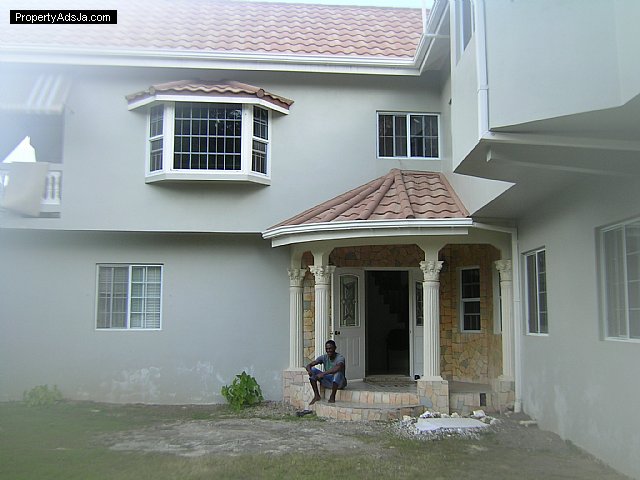Table of Content
You’ll also need to itemize in order to take advantage of this tax benefit. Bankrate.com is an independent, advertising-supported publisher and comparison service. We are compensated in exchange for placement of sponsored products and, services, or by you clicking on certain links posted on our site. Therefore, this compensation may impact how, where and in what order products appear within listing categories. Other factors, such as our own proprietary website rules and whether a product is offered in your area or at your self-selected credit score range can also impact how and where products appear on this site.

You could default on your loan and lose your home if you can’t keep up with payments. Skylar Clarine is a fact-checker and expert in personal finance with a range of experience including veterinary technology and film studies. Closing costs of a HELOC may increase the property basis, creating a larger depreciation expense deduction. Line of credit can be repeatedly used and repaid during the draw period. A credit line from a HELOC can be drawn on and repaid, then repeatedly used again, until the draw period comes to an end. Stessa helps both novice and sophisticated investors make informed decisions about their property portfolio.
Can you take out a home equity loan or HELOC from an investment property?
Rates on mortgage products like HELOCs and home equity loans tend to be lower than personal loans or other financing options. Refinancing a rental property loan to take cash out for repairs could require a higher interest rate or paying points because of the higher risk of rental property loans, Huettner says. The biggest difference between a home equity loan and a HELOC loan is that the home equity loan provides the loan up front and in cash as opposed to the HELOC loan, which is provided as a line of credit. As a result, HELOC loans are often a bit easier to obtain for an investment property. This makes a home equity loan riskier because you have to pay more over the short-term.
Investors can and do tap into their existing equity all the time, despite certain trade-offs being involved. Just remember to carefully weigh the pros and cons of each option before making a decision. Equity can be turned into cash and used to pay for emergency repairs or routine improvements that add value and increase rents. When one property accrues enough equity, investors can tap into the equity and use the funds as a down payment for another single-family rental. If you have a 401 plan at work, for example, your employer may allow you to borrow a portion of it through a 401 loan. You’ll typically need to pay back the loan within five years—even sooner if you lose your job.
Conventional Loan Guidelines
If you can’t pay it back, then you’ll owe income taxes and possible penalties. The short answer to the question of whether you can use a home equity loan to buy another house is yes, you generally can. Of course, that will not be a problem if you are paying all cash for the new home. If you only intend to invest in one property and you know the exact amount needed, then a home equity loan will most likely have a lower interest rate over time than a home equity line of credit . You can only get a tax deduction on the interest portion of your home equity loan on the amount used to buy, build, or substantially improve the borrower’s home on which the home equity loan is based.

This limit applies to both home equity loans and home equity lines of credit . First, the deduction is only available on loans used to purchase or improve the property. This means that if you used the home equity loan to pay down your mortgage, you would not be able to deduct the interest on that loan. Interest paid on a HELOC is a deductible expense, and may be lower than the interest rate on a credit card or hard money loan. Debt service coverage ratio compares the net operating income available for the mortgage payment (P&I or principal and interest) to the overall mortgage debt. Is a ratio that measures the cash returned as profit (pre-tax) to the amount of cash invested.
HELOC For Investment Property Costs
If you want to go the adjustable rate mortgage route, your LTV percentage may prove lower. If you qualify for a non-owner occupied home equity line of credit, you cannot borrow as much as you might from a home equity loan on your own residence. The loan-to-value ratio is much lower for rental properties than owner-occupied residences. While there are stricter requirements, you’ll be happy to know getting a second mortgage on a second home is easier than for rental property. So, you should be able to find lenders offering more 2nd mortgages on the vacation home if you have one. Hall has refinanced loans and taken out equity so he can buy additional properties, and then refinanced that new property so he can pay back a line of credit on other rental properties, he says.

And if you do opt for a home equity loan or HELOC—especially on an existing investment property—make sure you shop around for your lender. This will ensure you not only find a loan you qualify for but that you find one that aligns with your budget and goals, too. Home equity loans typically come with fixed interest rates, meaning your rate and payment remain consistent for the entire loan term. HELOCs usually have variable rates, which means they can increase over time. Using a home equity loan for an investment property isn’t right or wrong. Instead, you’ll need to consider all the pros and cons, how those align with your goals and budget, and your overall tolerance for risk.
So, you should expect a higher interest rate and stricter lending rules for your home equity loan. But no worries – with enough planning, you will be able to qualify for your second mortgage. Using the vacation home or rental property for the home equity loan reduces the chances of being underwater on your property. Owning a rental property not only provides a second source of income, but it's also an asset that you can leverage for cash if needed. If you own a rental property, you can take out a home equity loan against the rental property, provided you meet the lender's criteria. Home equity loans can be used to fund remodeling projects or to pay off other debts.
Rental properties in a blanket loan are usually cross-collateralized, which means that each individual property acts as collateral for the other properties. However, you can ask for a release clause that allows you to sell one or more of the group of properties under the blanket loan without having to refinance the remaining properties. Hearst Newspapers participates in various affiliate marketing programs, which means we may get paid commissions on editorially chosen products purchased through our links to retailer sites. If you need cash, carefully consider each option, keeping in mind your use for the funds and the risk they’d present to your home or finances.
On the other hand, HELOCs usually have variable rates, which can drastically impact the amount owed over a long period of time. In addition to how interest rates are accounted for, how each is paid is also different. Simply put, these loans are usually paid back with a monthly fixed amount, accounting for both principal and interest payments with each installment. On the other hand, HELOC payments will be determined by the amount the homeowner borrows against their home and are subject to shifts in interest rates.

The single most important factor someone needs to qualify for a HELOC is equity. To be clear, a house has equity if the balance on the remaining mortgage is less than the house is worth. Therefore, any borrower with equity in their home has already met the first criteria for qualification. You’ll likely pay closing costs, which may be deducted from your credit line. However, you may have to pay several thousand dollars in closing costs, so you won’t walk away from the deal with the full 85%. However, just because you can use your home equity loan to invest in real estate doesn’t mean you should.

No comments:
Post a Comment